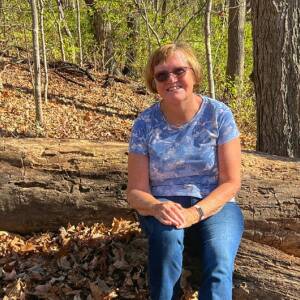Freedom Center
Saturday
...or to give it its full title, National Underground Railroad Freedom Center. It was another scorching hot and humid day, so definitely a day for doing indoor things. Roger ran some errands in the morning, while I stayed home and did some jobs, then in the afternoon we went to the National Underground Railroad Freedom Center in downtown Cincinnati. For those that don't know, the Underground Railroad is the term used for the secret network of places and people who assisted fugitive slaves as they escaped from slavery in the South. Most widespread during the three decades prior to the Civil War, this activity primarily took place in the regions bordering slave states, with the Ohio River (which the Freedom Center overlooks) being the center of much of the activity. The movement developed its own secret code. People who guided slaves from place to place were called "conductors." Locations where slaves could safely find protection, food, or a place to sleep were called "safe houses" or "stations." Those who hid fugitive slaves in their homes, barns, or churches were called "station masters." Slaves who were in the safekeeping of a conductor or station master were "cargo." Code words were also used to enable fugitive slaves to find their way North. The Ohio River was frequently referred to by a biblical reference, the River Jordan. Canada, one of the final safe havens for many fugitive slaves was called the "Promised Land". There are several versions of the origin of the term "Underground Railroad." One story says that in 1831 a fugitive slave named Tice Davids escaped from Kentucky to safer ground in Sandusky, in northern Ohio. When David's master looked in vain for him in Ripley, just across the Ohio River, he is said to have commented, "The nigger must have gone off on an underground railroad." "Conductors" on the railroad came from various backgrounds and included free-born blacks, white abolitionists, former slaves (either escaped or manumitted), and Native Americans. Churches also often played a role, especially the Religious Society of Friends (Quakers), Congregationalists, Wesleyans, and Reformed Presbyterians as well as certain sects of mainstream denominations such as branches of the Methodist church and American Baptists.

Comments
Sign in or get an account to comment.


